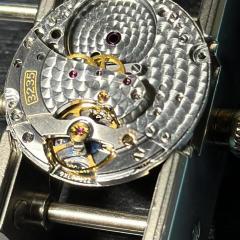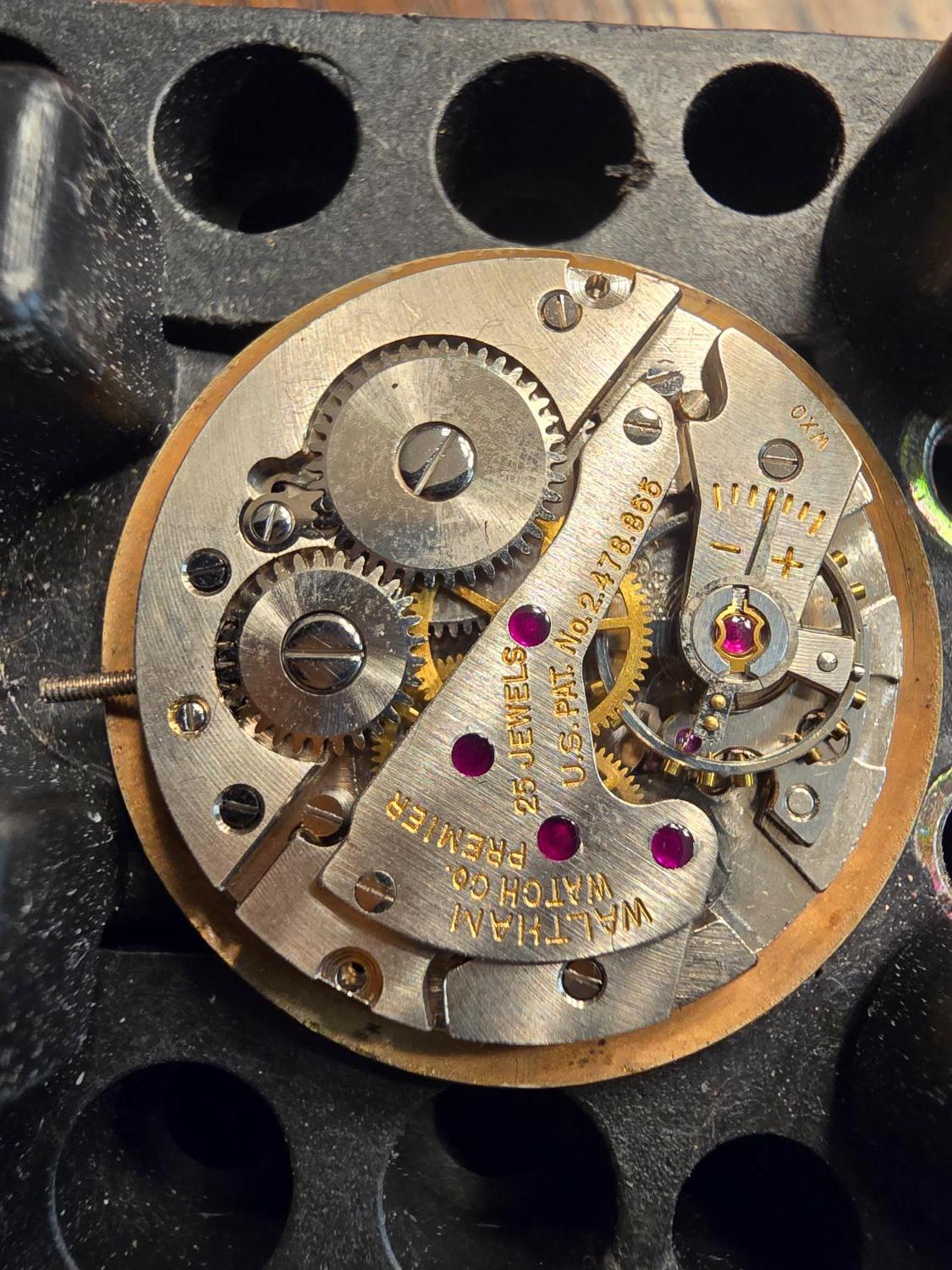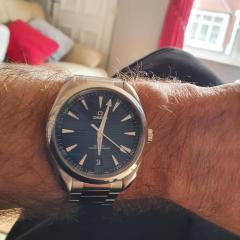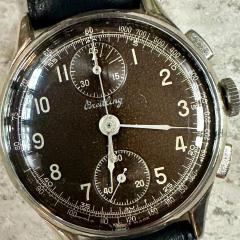Mid case and case back restoration and re threading
-
Similar Content
-
Recently Browsing
- No registered users viewing this page.
-
Topics
-
Posts
-
By luiazazrambo · Posted
It seems like the shaft was weakened by a cut, probably this was the reason why it broke here. Considering that the missing bit has the following parameters what would you suggest for the drill/hole size for the new bit? -
Nice. Yah then the intention is to unscrew the crown if yo can get some purchase on it. How much of the back can you expose?
-
Just remembered I'd got one of these so order some 2" felt wheels to give it a try.







Recommended Posts
Join the conversation
You can post now and register later. If you have an account, sign in now to post with your account.
Note: Your post will require moderator approval before it will be visible.